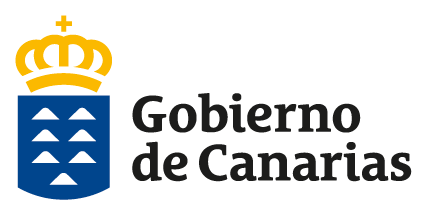Gobiernos abiertos, inteligentes y sostenibles
DOI:
https://doi.org/10.36151/RCAP.ext.5Palabras clave:
administración, ciudad, ciudad inteligente, gobierno electrónico, eficienciaResumen
Las administraciones públicas están sometidas, desde hace años, a un proceso de transformación permanente. En su mayor parte bajo la etiqueta de “modernización” o “modernización administrativa” donde incorporan procesos telemáticos, promueven una mayor apertura de la acción de gobierno (gobiernos abiertos) o planteando nuevas acciones bajo el término “smart” o inteligente. Aunque se emplee la palabra eficiente como sinónimo de inteligente, no es del todo preciso. De igual forma que una persona inteligente no tiene por qué ser bondadosa, no todo lo inteligente tiene que ser eficiente, y no todo lo inteligente tiene por qué ser sostenible.
A todo este conjunto de cambios se suma el espectacular efecto mundial de la sostenibilidad y el cumplimiento de los objetivos de desarrollo sostenible ODS como consecuencia de la fuerte oferta y demanda en el consumo de recursos y servicios.
Este artículo analiza la transformación permanente de los gobiernos en sus diferentes fases, deteniéndose finalmente en diez elementos (a modo de ejemplo) que podrían ayudar a desbloquear la real transformación de las administraciones. En nuestra mano está evaluar y solucionar alguno de estos retos, no de carácter necesariamente tecnológico, pero sí inherentes al crecimiento y a la complejidad excesiva que parece rodear al entorno de lo público.
Descargas
Referencias
Ahmad Althunibat, Muhammad Binsawad, Mohammed Amin Almaiah, Omar Almomani, Adeeb Alsaaidah, Waleed Al-Rahmi and Mohamed Elhassan Seliaman. Sustainable Applications of Smart-Government Services: A Model to Understand Smart-Government Adoption. Sustainability 2021, 13(6), 3028
Dennis Linders. From e-government to we-government: Defining a typology for citizen coproduction in the age of social media. Government Information Quarterly. Volume 29, Issue 4, October 2012, Pages 446-454.
Émilie Vayre,Christine Morin-Messabel,Florence Cros, Anne-Sophie Maillot, Nelly Odin (2022). Benefits and Risks of Teleworking from Home: The Teleworkers Point of View. Information 2022, 13(11), 545
Laurence E. Lynn Jr. y Carolyn J. Heinrich. Measuring Public Sector Efficiency: A Review of the Literature and a Proposed Framework. Public Administration Review, Volumen 60, Número 1, 2000.
Lizzie Wade (2015). Megacities Might Not Save the Planet After All. Wired Magazine. Available online: https://www.wired.com
Miriam Lips (2006). E-Government and E-Governance: Origins and Differences.
Observatorio Nacional de Tecnología y Sociedad (ONTSI). Flash Datos de Teletrabajo 2022. Marzo de 2023. Sociedad digital. Colección / Serie Flash
Plain Concepts & IDC España (2022). White Paper | Marzo 2022. Informe sobre Inteligencia Artificial en España. Inteligencia Artificial como palanca de generación de valor: Madurez del mercado en España.
Pradeep Kumar Suri, Sushil (2022). Effectiveness of strategy implementation and e-governance performance. Evaluation and Program Planning. Volume 92, June 2022, 102063
Shabbir et al. (2019). Modernization of Public Administration: A Conceptual Framework.
Verdegem et al. (2019). Digital Transformation of Public Administration: Balancing Innovation and Accountability.
Yildiz, M., & Sharda, R. (2019). Challenges and Opportunities of Digital Government Transformation: A Systematic Literature Review. Government Information Quarterly.
Publicado
Número
Sección
Licencia
Derechos de autor 2023 Revista Canaria de Administración Pública

Esta obra está bajo una licencia internacional Creative Commons Atribución-NoComercial-SinDerivadas 4.0.







